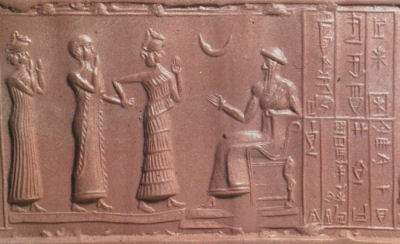

Predicting the first visibility of the young lunar crescent from a given location is an astronomical problem which has challenged astronomers and mathematicians for more than four millennia. Already in the second half of the first millennium BCE Babylonian priest-astronomers developed sophisticated numerical algorithms for predicting the motion of the Moon, the times of its synodic phases and the first visibility of the lunar crescent above the western horizon just after sunset. More accurate methods were devised in later ages by Hindu, Islamic and Jewish scholars and the refinement of these methods has continued up until the present day.
In the past the dates of first lunar visibility were crucial parameters in regulating the religious and administrative calendars of many cultures. In the present time several communities still depend on lunar calendars but these are computed according to well-defined astronomical and mathematical rules and no longer depend on an actual first sighting of the lunar crescent. Examples of such calendars are the Chinese calendar, the Hebrew calendar, the Christian Easter reckoning and some variants of the Islamic calendar.
For many Muslims, however, the first sighting of the lunar crescent at the begin of each month is still a matter of importance, debate and dispute. Especially around the begin and the end of Ramaḍān (the Islamic month of fasting and abstinence) and the begin of Dhu ʾl-Ḥijja (the Islamic month of pilgrimage), the first sighting of the lunar crescent is eagerly awaited by Muslims from the four corners of the world.
| Please note that
planetarium programs such as Google Sky,
Stellarium or SkyViewCafé
cannot be used to determine the first visibility of the lunar crescent. These programs are useful for computing where the Moon is in the sky but they cannot predict whether it will be visible or not. |